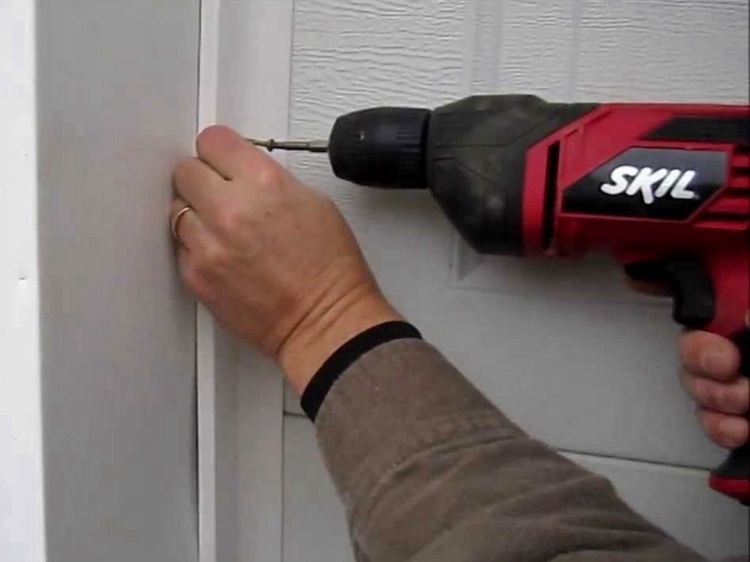Garage Door Weatherstripping FAQs

Not every garage door repair job requires tinkering with broken rollers, panels, or torsion springs. Weatherstripping is just as important as any other garage door component, yet it’s often overlooked. In fact, the insulating power of a garage door is significantly affected by the condition of its weatherstripping. When installed properly, it helps regulate the interior temperature of your garage, keeps water and pests out, and contributes to long-term energy savings.
If you've heard that garage door weatherstripping is important, but you're not entirely sure what it is or why you need it, you're in the right place. Below, we’ve compiled answers to some of the most frequently asked questions about garage door weatherstripping to help you understand its function, importance, and maintenance.
What is garage door weatherstripping?
Garage door weatherstripping is a seal made from rubber, vinyl, or other flexible materials that lines the edges of your garage door. Its main purpose is to block air, moisture, pests, and debris from entering your garage through gaps around the door.
Why does garage door weatherstripping need to be installed?
There are several compelling reasons to install weatherstripping on your garage door. First, it helps keep water out, which is especially important during heavy rains or snow melt. It also prevents unwanted airflow, helping to maintain a more stable garage temperature throughout the year.
Additionally, weatherstripping provides a barrier against insects and rodents, reducing the risk of infestations and damage to stored items.
Garage Door Weatherstripping FAQs
Garage door weatherstripping is a seal made from rubber, vinyl, or other flexible materials that lines the edges of your garage door. Its main purpose is to block air, moisture, pests, and debris from entering your garage through gaps around the door.
There are several compelling reasons to install weatherstripping on your garage door. It helps keep out water during storms, prevents airflow to maintain consistent temperatures, and blocks pests from entering and damaging stored items.
If you're installing a new garage door, it's best to add weatherstripping at the same time. For older doors, upgrading to include proper weatherstripping can improve comfort and lower energy costs by up to 15%.
Look for visible cracks, brittleness, or gaps in the seal, especially around the door edges. Drafts, water intrusion, or pests in the garage are other signs that your weatherstripping may need replacing.
Yes, many homeowners can install or replace weatherstripping with basic tools and materials available at hardware stores. However, for large or custom garage doors, hiring a professional ensures a proper fit and long-lasting seal.
The most common types include bottom seals, threshold seals, and side/top seals. Bottom seals compress against the floor, threshold seals sit directly on the garage floor, and side/top seals prevent drafts around the door frame.
Depending on the material and climate, weatherstripping can last 5 to 10 years. Regular inspection and prompt replacement of damaged sections can help maintain your garage’s protection and efficiency.
Yes, weatherstripping can help reduce noise from outside. While it won't make your garage completely soundproof, it does minimize street noise and can be especially helpful for attached garages.
Garage door weatherstripping may seem like a small detail, but it plays a major role in keeping your garage dry, clean, and energy-efficient. Whether you're building a new garage or upgrading an old one, taking the time to install or replace worn weather seals can save you money and hassle down the road.
If you’re unsure which type of weatherstripping your garage door needs, or if you’d prefer to leave it to the pros, don’t hesitate to reach out to a local garage door specialist. For homeowners in Parker, Broomfield, and nearby areas, our garage door repair and installation experts are always happy to help you choose and install the best solution for your space.